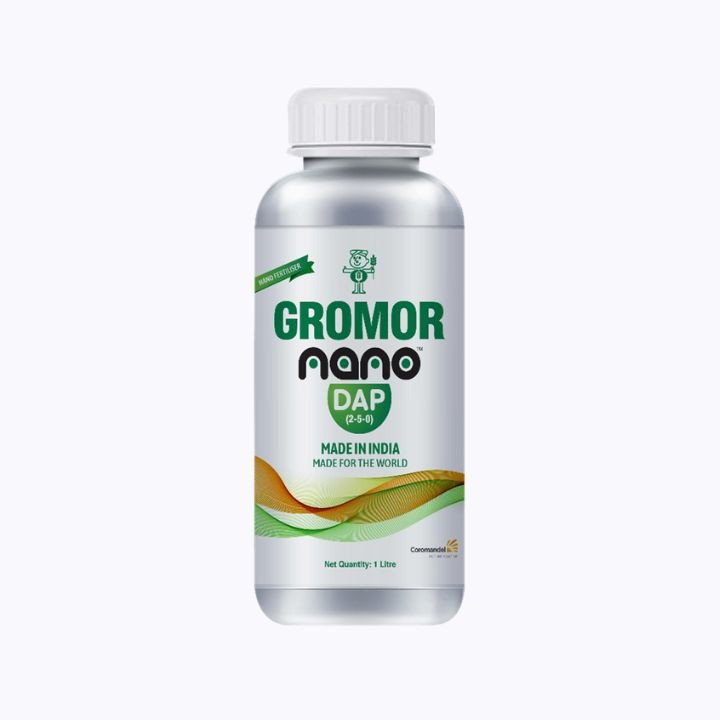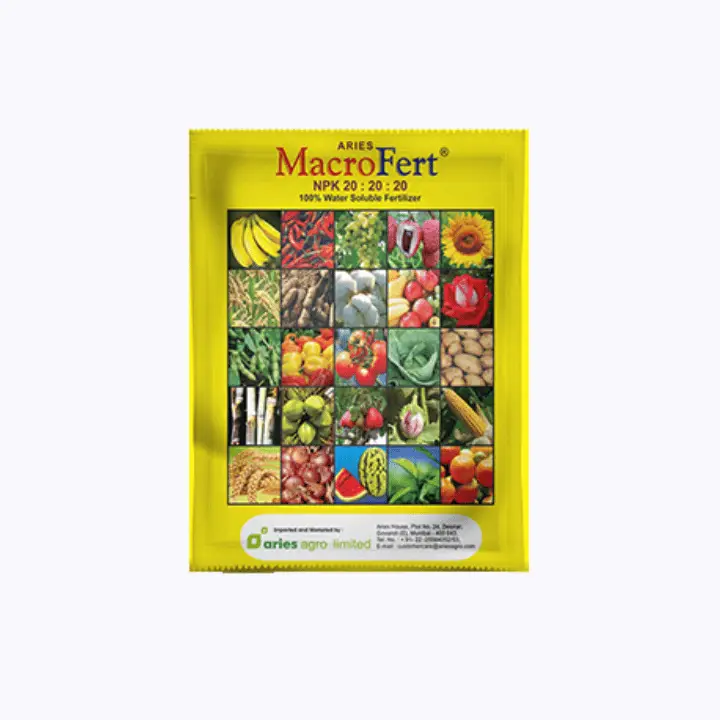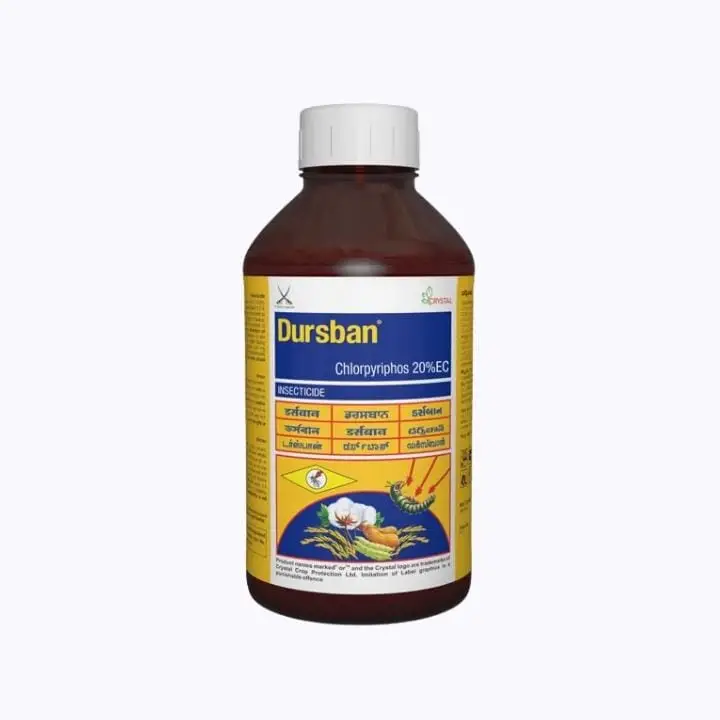


Gromor Nano DAP is an innovative liquid fertilizer formulated with polymer-encapsulated nano-sized particles of Diammonium Phosphate (DAP). These nano particles, less than 100 nanometers in size, are suspended in an aqueous solution designed for foliar spray applications. Using advanced nanotechnology, Gromor Nano DAP enables faster and more efficient nutrient absorption through plant leaves, ensuring higher productivity and better nutrient utilization efficiency.
| Parameter | Details |
|---|---|
| Brand | Coromandel |
| Product Name | Gromor Nano DAP |
| Type | Nano Liquid Fertilizer |
| Primary Nutrients | Nitrogen (N) – 2%, Phosphorus (P2O5) – 5% |
| Particle Size | < 100 nm (60–80% below 50 nm) |
| Formulation | Polymer-encapsulated aqueous suspension |
| Mode of Application | Foliar Spray |
| Mode of Action | Absorbed through stomata and cell membranes via endocytosis and utilized in ATP synthesis. |
| Technology | Nanotechnology-based nutrient delivery system |
| Recommended Crops | All major crops |
After foliar application, Gromor Nano DAP enters the plant through the stomata and penetrates the cell membrane via endocytosis. Once inside the plant cells, the nano particles release DAP molecules, which participate in ATP synthesis—the energy currency of plants. This energy drives essential processes such as photosynthesis, nutrient translocation, and cellular growth.
Suitable for all field crops, horticultural crops, and plantation crops including cereals, pulses, oilseeds, fruits, and vegetables.
Gromor Nano DAP uses nanotechnology to deliver DAP in particle sizes below 100 nm, ensuring faster absorption, lower dosage, and higher efficiency compared to traditional DAP granules.
It provides nitrogen and phosphorus directly to plant cells, enabling faster ATP production, improved photosynthesis, and better root and shoot development.
Yes, it can partially replace granular DAP as it offers equivalent or superior performance at lower doses due to high nutrient-use efficiency.
Yes, Nano DAP is safe and suitable for use on all crop types including cereals, vegetables, pulses, fruits, and oilseeds.
It is best applied during the vegetative and early reproductive stages when nutrient demand is highest.
The information above is intended for reference. Always follow the instructions on the seed label/leaflet.


Satisfied with product.
Product gave satisfying results.
This product is working well so far.